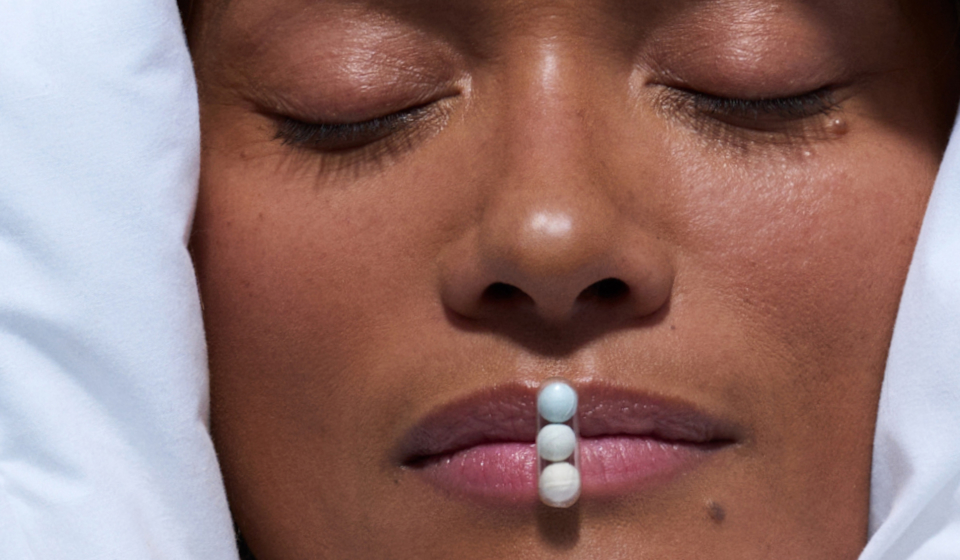Stress is natural. It’s a human response that affects the body in different ways at different times—and sooner or later, it comes for us all. When the body experiences stress, it strives to get back in balance or homeostasis, and this is called the stress response. (2) The stress response includes all of the physiological and behavioral changes that the body experiences when responding to a stressor and is commonly known as the fight, flight, or freeze response. (2)
Here’s how it works: when we perceive something as a threat, whether it’s a saber-tooth tiger or an unexpected calendar invite for a “chat with your director”, a small structure in the brain called the amygdala sends a flare to another part of the brain called the hypothalamus. The hypothalamus responds by activating the parasympathetic nervous system (PNS), which initiates a cascade of hormonal and physiological responses that cause the adrenal glands to secrete helpful hormones like epinephrine (aka adrenaline) and norepinephrine. (3)
These hormones help the body respond to the stressor by doing things like causing increased focus, vigilance, and reaction speed; sending more blood to key organs and large muscles like the legs (literally, in case you need to run away); decreasing blood flow to organs that aren’t essential for quick movements; and releasing glucose and fats into the bloodstream for a quick energy boost.
If the body continues to perceive the threat even after all this due diligence, the hypothalamus then activates the hypothalamic-pituitary-adrenal axis (HPA)—the body’s main stress response system. This activation causes the adrenal glands to start secreting cortisol throughout the body, helping you stay alert and sending more glucose to the brain for energy. When the perceived threat has retreated, cortisol returns to normal levels and the PNS helps slow down the stress response. (3)
Can’t Stop, Won’t Stop? Cortisol May Be to Blame
You might have heard about cortisol (aka our stress hormone) from all the buzz on social media. Let’s set the facts straight.
In normal situations, cortisol is secreted to the beat of the body’s circadian rhythm, and for most people, it peaks in the morning when you feel most alert, and lowers in the middle of the night during sleep. Makes sense, right? Almost all cells in the body have cortisol receptors, which means that stress can affect almost all bodily functions. Because of this, every time you feel stressed, your stress response is activated and cortisol starts to flow through your body. This can throw off the balance leaving you in an activated “always on” state that’s not physiologically or mentally beneficial.
Think about a spy movie, when “CODE RED” blares over the loudspeakers. Imagine it did that all day. That’s what chronic stress can feel like. Prolonged cortisol exposure can result in some not-so fun feelings.
How Ritual’s Stress Relief Beats the Stress Test
Drumroll for Stress Relief—the first-of-its-kind, 3-in-1, stress relief supplement, to help support the body’s normal cortisol response, all day long†. Ritual’s Senior Scientist, Adrianne Vance, explains: “We were inspired by our unique BioSeries™ technology and wanted to find a way to provide all-day† support and science-backed ingredients. We are truly proud of the end result.”*
†8 hour release
Clinically-Studied Ingredients
As you may know, we’re all about clinically-backed ingredients here.
We developed our 3-in-1 Stress Relief supplement with three clinically-studied ingredients that help support the body’s natural cortisol response.*
-
Shoden® Ashwagandha is a bioactive Ashwagandha that supports normal cortisol levels to help reduce stress*
-
Suntheanine® L-Theanine provides quick stress relief within the hour and a non-drowsy sense of calm*
-
Saffron® as affron® to promote a positive mood and reduce stress*










